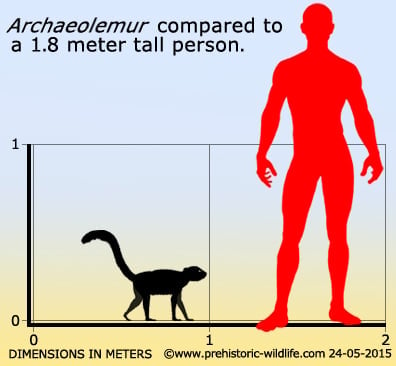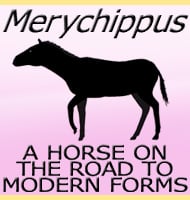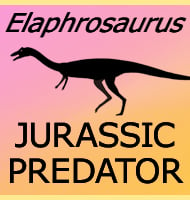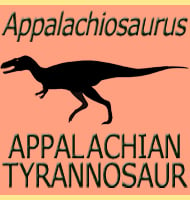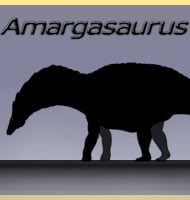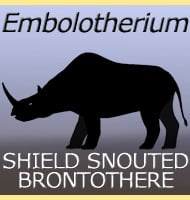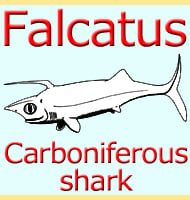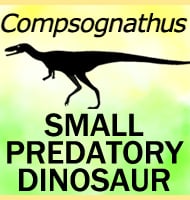In Depth
What is termed a monkey-lemur, Archaeolemur seems to have been a generalist that could adapt to a range of different environments. This notion is supported by the comparatively large number of remains including sub-fossils (remains that have not yet completely fossilised) associated with this genus. Archaeolemur seemed to have lived upon the ground, even though it was not as well suited to this lifestyle as other cursorial (ground dwelling) primates, i.e. baboons. The proportionately short limbs combined with the large heavy build meant that Archaeolemur probably spent most if not all of its time on the ground since it was not as well suited to arboreal life in the trees like its surviving modern day relatives. Abundant levels of food such as fallen seeds, fruits and other plant parts would have still been available on the ground however. The powerful dentition of Archaeolemur would have made short work of the husks protecting things like seeds.
Further Reading
- New wrist bones of the Malagasy giant subfossil lemurs, M. W. Hamwick, E. L. Simons & W. L. Jungers - 2000. – Adaptive and phylogenetic significance of ontogenetic sequences in Archaeolemur, subfossil lemur from Madagascar. – Journal of Human Evolution – S. J. King, L. R. Godfrey & E. L. Simons – 2001. – The hands and feet of Archaeolemur: metrical affinities and their functional significance. – Journal of Human Evolution 49. – W. L. Jungers, P. Lemelin, L. R. Godfrey, R. E. Wunderlich, D. A. Burney, E. L. Simons, P. S. Chatrath, H. F. James & G. F. N. Randria – 2005. – Coprolites Associated with Archaeolemur Remains in North-Western Madagascar Suggest Dietary Diversity and Cave Use in a Subfossil Prosimian. – N. Vasey, D. A. Burney & laurie Godfrey – 2013.
